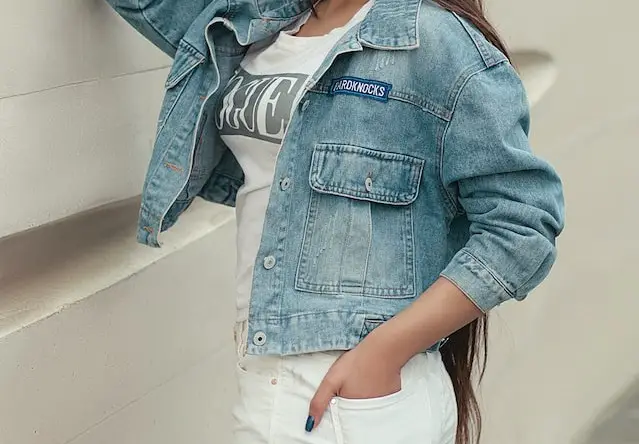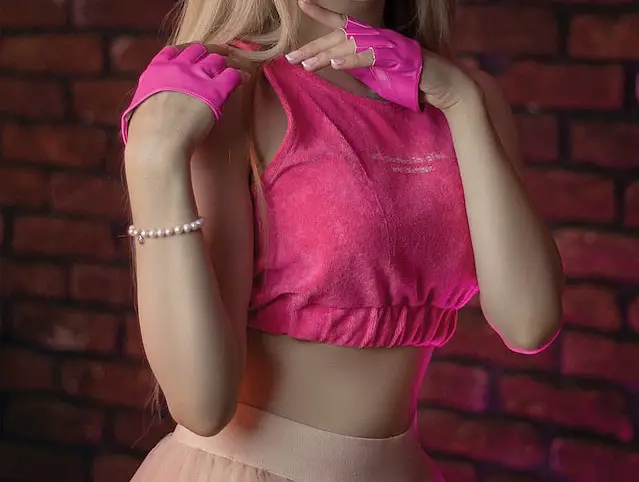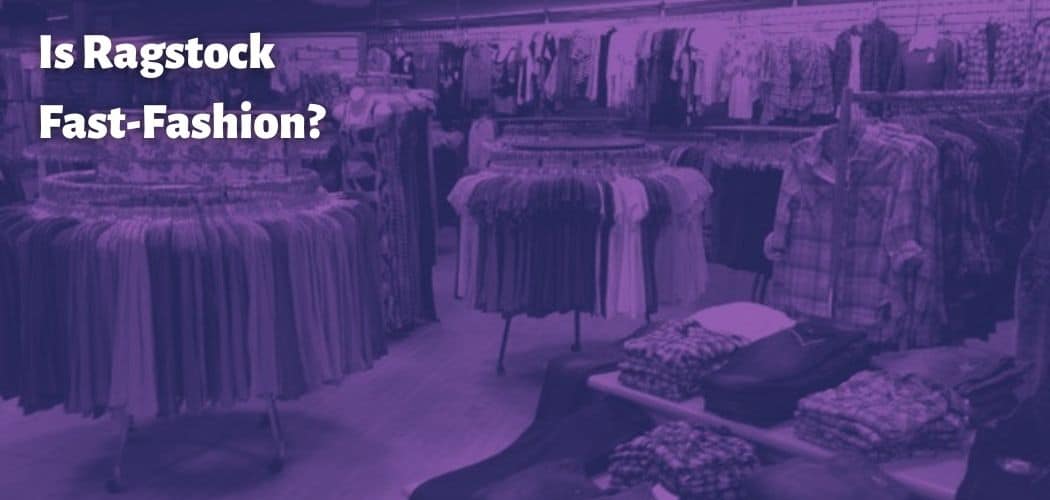As Far as Ragstock is concerned, it isn’t a fast-fashion brand.
The brand Ragstock was launched in the 1960s. At that time, clothes were quite expensive. Only people in business and elites could afford new clothes.
During such times it was the idea of its owner Howard Weisskopf to introduce an affordable clothing outlet for the students, especially college students.
He would travel to different cities in the USA and worldwide to collect used clothes and other apparel that could be restyled and recycled.
Today Ragstock is a famous brand for selling used and vintage clothing. The brand has more than 40 outlets across America.
The brand initially started to sell used and vintage clothes, but now the officials have also begun selling new clothes for customers seeking new garments.
However, Fast fashion brands manufacture new clothes and other apparel on a mass level.
Whereas Ragstock mainly sells used and recycled clothes, this brand can`t be referred to as a fast-fashion brand.
Why isn’t Ragstock a fast fashion brand?
The brands lying in the fast fashion category are one of the most exploitative brands.
The only purpose of such brands is to earn huge profits, and they don’t let go of any chance of profit-making.
Such brands Start factories and manufacturing plants in the developing countries of Africa, East Asia, and Southeast Asia.
The labor in those countries is significantly cheaper than in European and first-world countries.
In the manufacturing plants, these brands produce designer clothes and apparel on a mass level which are later sold in the world markets and brands’ physical and online stores.

Mass production is the driver of fast fashion as it matches the high demand for clothes. At the same time, mass production is responsible for polluting the environment and exploiting poor people.
That is the dark reality of Fast fashion. Fortunately, Ragstock isn’t an exploitative brand. That’s why it is not a fast-fashion brand.
From Where does Ragstock get its clothes?
In the initial days, the owner, Howard Weiskopf, traveled the world and different cities to collect used and vintage clothes.
He would go to London to collect clothes from sportspeople, cowboys, and party costumes. Sometimes would travel to Germany to collect used army boots from the German army, etc.
Today the brand is quite successful. It is challenging for one person to go and collect the clothes throughout the world.
Therefore, multiple deals and contracts have been signed with various organizations to purchase used clothes.
The worldwide organizations like Dress For Success and Room To Grow collect the donated clothes throughout the world and sell them to Ragstock.
Ragstock gets its used and vintage clothes in bulk from different organizations, whereas new garments for the brand are manufactured in factories in the USA.
Are Used and Recycled Clothes good for the environment?
Since the Industrial Revolution, clothes have been manufactured from synthetic materials that added to environmental pollution.
Earlier clothes were manufactured on hand with cotton thread and wool, which didn’t create any pollution to the environment.
Therefore the production of new clothes is dangerous for the environment because it increases environmental pollution.
Since using used and recycled clothes is an excellent option to prevent further environmental pollution.

Ragstock is doing the same. It sells used and vintage clothes that are recycled and refurbished, and in this way, Ragstock is doing a great job by saving the environment from further pollution.
However, selling used and recycled clothes is good for the environment.
What is Some Ragstock Vintage apparel?
Ragstock is the pioneer in selling vintage clothes. Classic clothes and antique pieces are readily available in the Ragstock clothes.
However, we list some of the high-demand vintage clothes available in the Ragstock stores.
- Vintage Tees
- Vintage Band T-shirts
- Vintage Harley Davidson T-shirts
- Vintage Dresses
- Cutoff Vintage Denim
Is Ragstock Ethical?
For high profits, all the multinational brands sell the products at very high prices compared to the product cost.
The greed for high profits makes them compromise environmental safety, and the factories producing clothes on a mass level are the major contributors to environmental pollution.

On an annual average, the textile and clothing industry adds 8% to 10% of the world’s total environmental pollution.
Whereas Ragstock sells used and vintage clothes, its contribution to environmental pollution is little or zero.
There remains no reason to call the brand unethical. Ragstock is a highly ethical brand compared to exploitative and inhumane multinational brands.
What are the consequences of Fast Fashion?
The consequences of fast fashion are very drastic. Fast fashion means producing clothes and apparel on a mass level using modern machinery.
The production on the mass level is responsible for carbon dioxide emission in the atmosphere. The factories are also responsible for water pollution as factories’ waste is drained into seas and water bodies.
Besides the pollution, it causes the mass exploitation of people from developing countries working in the factories at meager wages.
Most of the workers are females being exploited. Also, these mass-production factories encourage child labor.
However, the consequences of Fast fashion are very offensive and will promote only a polluted environment and exploitation of the masses.
What are similar brands to Ragstock?
Ragstock is a unique brand and doing an excellent job; therefore, the use of used and vintage clothes needs to be increased for environmental safety.

For this, we list some products similar to Ragstock and promote the use of recycled clothes.

